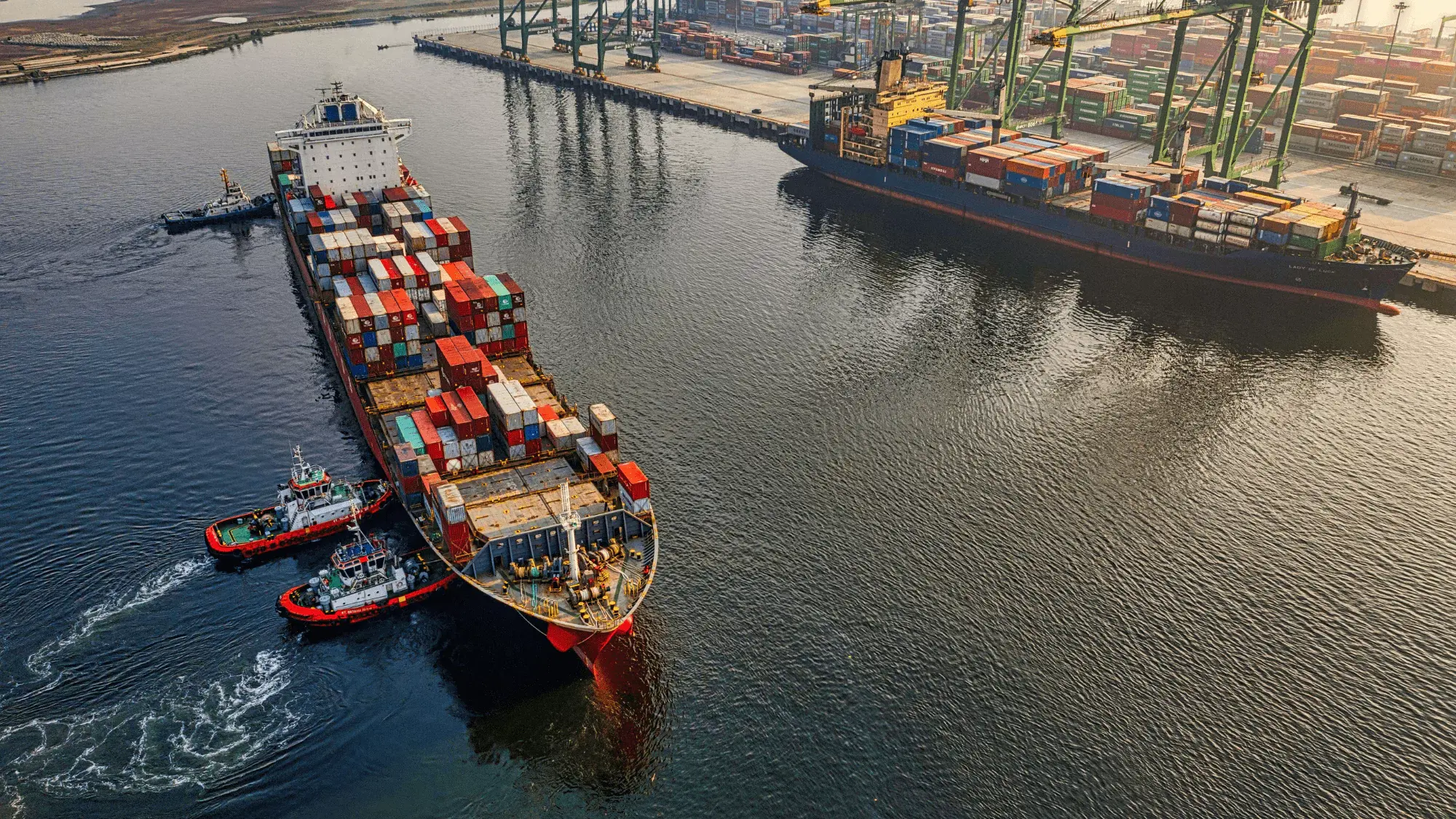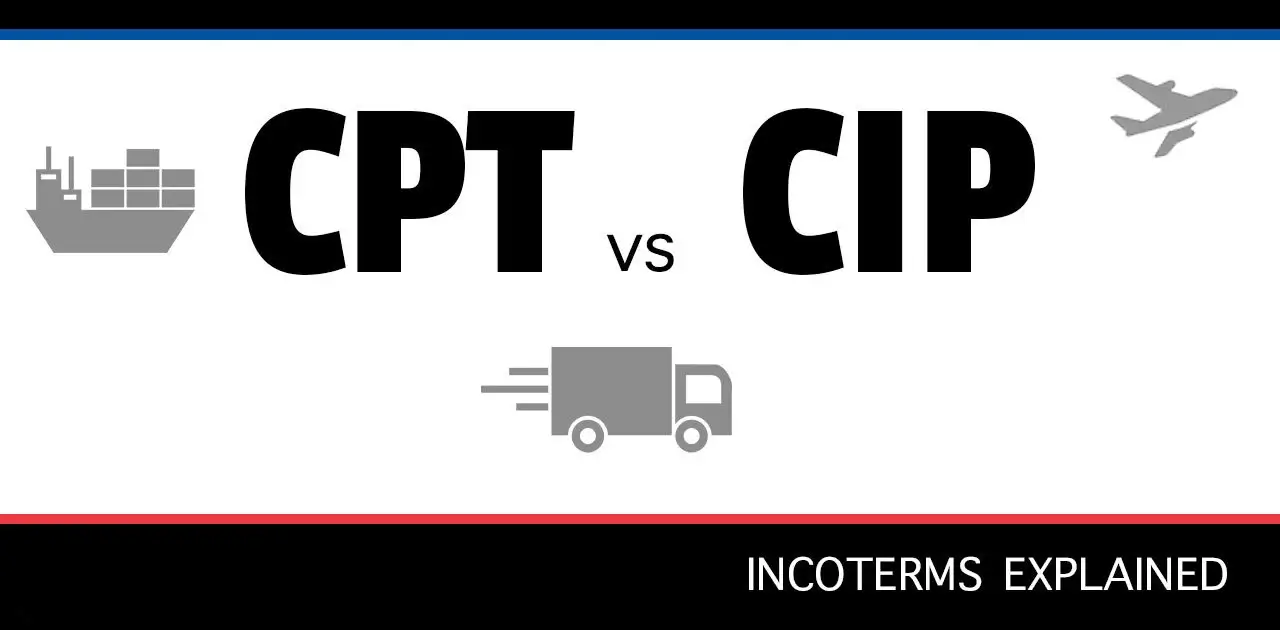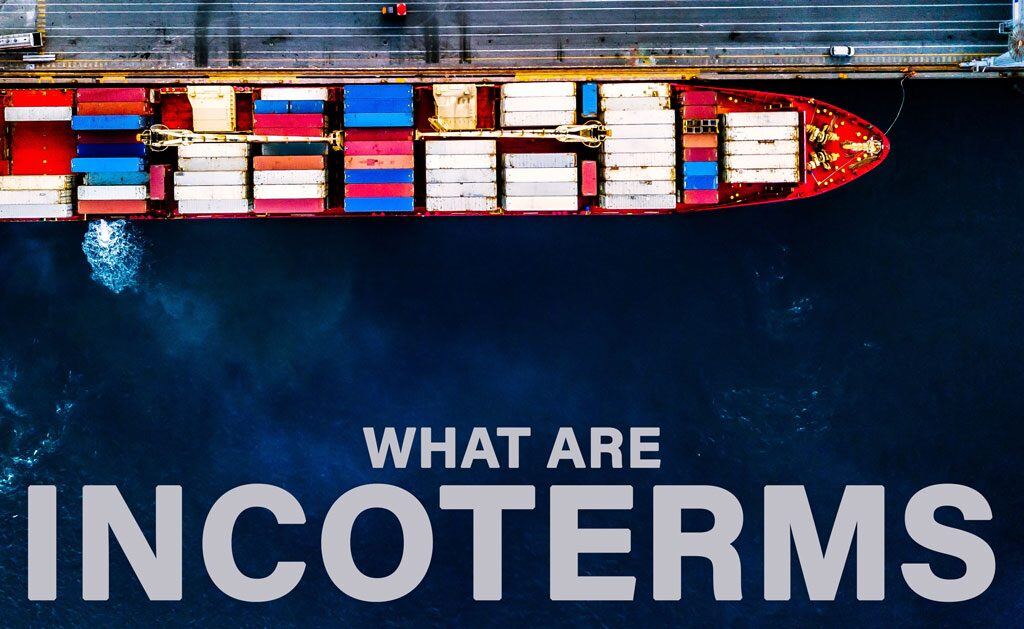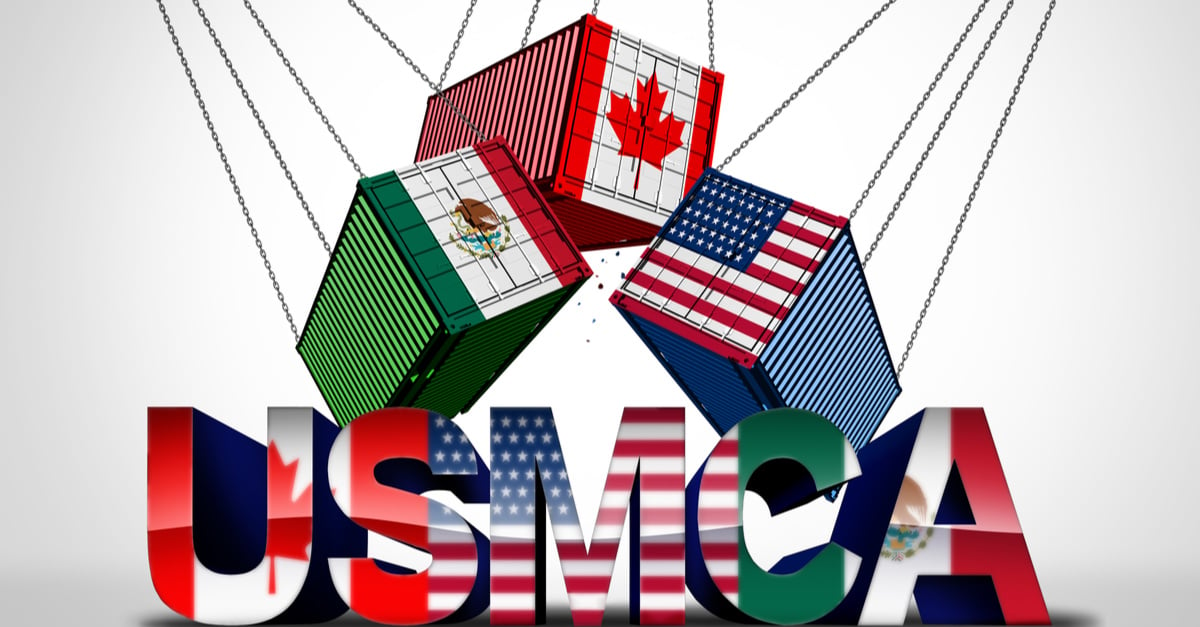
Inbound freight management is a constant juggling act. Shippers must balance competing priorities, often sacrificing one benefit to gain another. Do you prioritize speed or cost? Reliability or flexibility?
These are critical questions with no easy answers–that's why we're here to explore these trade-offs and provide insights and strategies to help you make the right decisions for your business.
Freight Rate vs. Date
When it comes to inbound freight, there's an undeniable truth: speed and cost are often inversely related. Think about it like ordering a product online. Need it tomorrow? You'll pay a premium for expedited shipping. Happy to wait a few days? Standard shipping will save you money.
This speed/cost conundrum exists because several factors influence freight rates. Distance is a major one–the farther the goods travel, the higher the cost. Mode of transport also plays a role. Air freight is the fastest but most expensive, while ocean freight is the slowest but most economical. Fuel costs, demand fluctuations, and even seasonality can impact pricing.
Ultimately, the "right" choice depends on your business needs and customer expectations. Can your production line afford to wait for a slower, cheaper shipment? Does your budget allow you to carry higher inventory levels? Will your customers accept longer lead times? Aligning your shipping choices with these factors is crucial for efficient and cost-effective inbound freight management.
Reliability vs. Flexibility
In freight transportation, reliability and flexibility represent two critical, yet often competing, factors. Reliability refers to a carrier's consistency and predictability in delivering freight on time and in good condition. On the other hand, flexibility is the ability to adapt to changing circumstances, such as accommodating last-minute shipments or adjusting routes.
The challenge lies in finding the right balance. A highly reliable carrier might operate on fixed schedules with strict requirements, limiting their flexibility. Conversely, a carrier offering greater flexibility might have less consistent transit times or a higher risk of service disruptions.
Consider these scenarios: A company with strict production deadlines prioritizes reliability, choosing a carrier with a proven track record of on-time delivery, even if it means less flexibility in scheduling or higher costs. Conversely, a business with fluctuating demand might opt for a more flexible carrier, accepting potential variations in transit times to accommodate urgent orders or changes in delivery locations.
This flexibility can be crucial for businesses managing seasonal demand or responding to unexpected market shifts. Finding the right balance between these two factors often involves careful consideration of a company's specific needs, priorities, and risk tolerance.
Packaging Costs vs. Product Damage
Similar to delivery speed and rates, the decision of how much to spend on packaging can be a complex balancing act. Investing in robust packaging might seem like an added expense, but it can significantly impact your bottom line by reducing the risk of damage.
Think about it: every damaged item triggers a chain reaction of costs. You've got the direct expenses of replacing or repairing the goods, processing returns, and dealing with disposal. However, the indirect costs can be even more significant. Damaged goods lead to increased customer service inquiries, frustrated customers, and the logistical headaches of reverse logistics. These issues can strain your resources, damage your reputation, and ultimately impact your profitability.
The question becomes: are you comfortable with your current damage rate? Is it acceptable to your customers? If not, it's time to evaluate your packaging strategy. Perhaps upgrading to sturdier boxes, adding protective inserts, or using more secure pallets could make a significant difference.
Spending an extra dollar on packaging per item might seem insignificant compared to the potential costs of a damaged shipment. That extra dollar could prevent a customer complaint, a return shipment, and the need to expedite a replacement order. In the long run, investing in better packaging can lead to substantial savings by minimizing damage-related expenses and enhancing customer satisfaction.
Pay Now vs. Pay Later
A critical decision point in inbound freight management lies in determining who pays for shipping: you or your vendor. This choice, often framed as "vendor prepaid" versus "inbound collect," has significant implications for costs, control, and overall efficiency.
-
Vendor Prepaid: In this scenario, your vendor handles the shipping arrangements and absorbs the freight costs. This can seem advantageous initially, simplifying your inbound logistics and potentially offering cost savings through your vendor's established carrier relationships. However, it also means relinquishing control over the shipping process. You have limited visibility into carrier selection, transit times, and potential delays. This lack of control can impact your ability to optimize your supply chain and respond to unexpected disruptions.
-
Inbound Collect: With inbound collect, you take ownership of the shipping process, selecting your preferred carriers and negotiating rates. This provides greater control, allowing you to prioritize carriers that align with your specific needs and requirements, whether it's speed, reliability, or specialized handling. While you assume the freight costs upfront, this approach often leads to long-term cost savings through optimized carrier selection, improved routing, and increased negotiating power.
The "pay now or pay later" principle comes into play here. Vendor prepaid might seem like the easier and cheaper option upfront, but it can lead to hidden costs and reduced control. Inbound collect, while requiring upfront payment, offers greater transparency, flexibility, and the potential for long-term cost optimization.
Ultimately, the best approach depends on your specific needs and priorities. Factors to consider include the volume of your inbound shipments, vendor relationships, internal resources for managing freight, and overall supply chain strategy. By carefully weighing these factors, you can make informed decisions that optimize your inbound freight operations and contribute to a more efficient and cost-effective supply chain.
How to Find Your Perfect Balance
Mastering inbound freight logistics involves more than just understanding the trade-offs; it requires aligning your strategy with your broader business strategy. Your Customer Value Proposition (CVP) and Base Logistics Services (BLS) should be the guiding principles shaping your inbound freight strategy.
Let's recap the key balancing acts we've explored:
-
Speed vs. Cost: Striking the right balance between speed and cost depends on whether your CVP prioritizes rapid delivery or cost-effectiveness.
-
Reliability vs. Flexibility: Choosing between reliable and flexible carriers hinges on whether your CVP emphasizes consistency or adaptability.
-
Packaging vs. Damage: Investing in robust packaging aligns with a CVP focused on premium quality and customer satisfaction.
-
Pay Now or Pay Later: The decision between vendor prepaid and inbound collect should reflect your BLS capabilities and your desire for control over your supply chain.
By understanding these trade-offs and how they relate to your CVP and BLS, you can make strategic decisions that optimize your inbound freight operations and reinforce your competitive advantage. For instance, if your CVP emphasizes responsiveness, your BLS should be structured to prioritize speed and flexibility, even if it means higher costs. Conversely, if your CVP focuses on cost leadership, your BLS should be designed to maximize efficiency and minimize expenses.
Taking Control of Your Inbound Freight Logistics
Inbound freight management is a complex but critical aspect of any business. By recognizing the inherent trade-offs and aligning your strategy with your CVP and BLS, you can transform your inbound logistics into a source of competitive advantage.
Customodal empowers businesses to navigate these complexities and optimize their inbound freight operations. We provide the tools, technology, and expertise to help you streamline your processes, reduce costs, and enhance your overall supply chain efficiency.
Ready to take your inbound freight management to the next level?





